Table of Contents:
- Introduction
- How a Little Preparation Keeps Your Snacks Fresh and Your Travel Day Easier
- Choose the Right Snacks
- Storage Strategies That Work
- Thoughtful Packing Techniques
- Natural Ways to Prolong Freshness
- Temperature Awareness on the Go
- Rethinking Original Packaging
- Managing Snack Time During Travel
- Keeping Things Clean
- Make It Your Own
- Conclusion
Introduction
Long travel days often bring anxiety. You might face missed connections, traffic, or flight delays. That alone can make all the difference whether you’re crossing time zones or traveling across the country by car.
But the trouble, of course, isn’t packing snacks as much as making sure whatever you bring stays appetizing and fresh for hours—or even a full day. With these clever selections and storage ideas, you can keep those favorite snacks from going stale, soggy or spoiled. These are tips for how to pack and protect your food so that it lasts and tastes good wherever you end up.
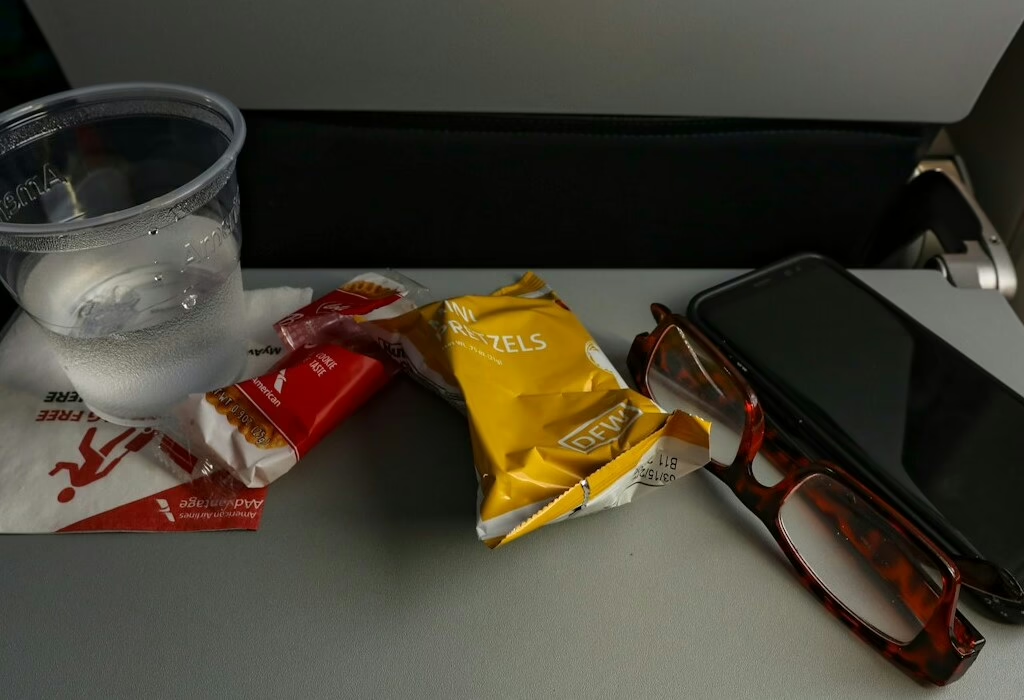
How a Little Preparation Keeps Your Snacks Fresh and Your Travel Day Easier
Packing snacks for a long trip does not have to take much time. Even a few small steps before you leave can make a significant difference. The night before your journey, spend 10 to 15 minutes washing fruit, portioning out dry snacks, and packing everything in clean containers. This simple habit saves you from rushing in the morning or depending on overpriced food at rest stops or airports.
Think about when and how you will eat during the day. Will you be sitting in a car for hours without breaks? Waiting in airport lines with no food around? If you plan ahead, you can bring what you need and avoid last-minute stress. For instance, pack foods that you can eat with one hand if you’re driving or carrying bags. Keep a few items within easy reach and store backups in your carry-on or suitcase.
You can also make travel easier by establishing a snack routine that works for you. Some people like to eat something small every two or three hours to stay steady. Others prefer a bigger snack in the afternoon to help them get through until dinner. Try different routines to see what suits your travel style.
If you travel often, think about making a snack list and keeping it on your phone. This way, you will not have to start from scratch each time. Include your favorite snacks, your go-to containers, and anything else that makes packing simpler. Over time, this will become second nature, and you will always be ready to pack food that stays fresh and keeps you feeling good while on the go. Snacking during travel does not have to be boring or rushed. With a little planning and some good habits, you can enjoy food that tastes better, feels better, and helps your trip go more smoothly from start to finish.
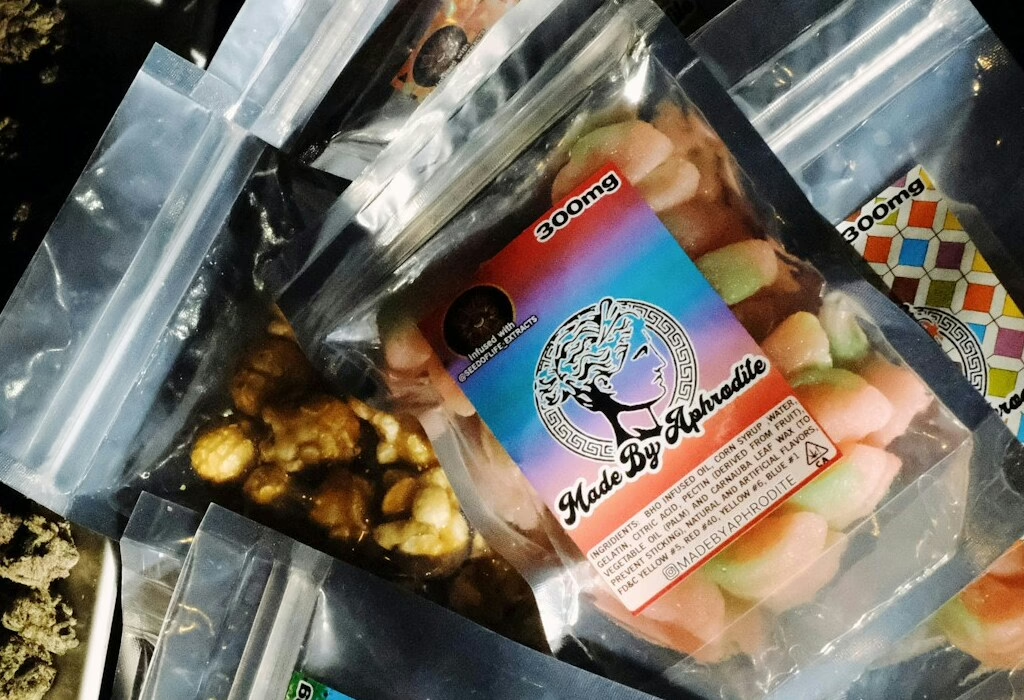
Choose the Right Snacks
When deciding what to bring, consider both durability and taste. Some foods naturally handle travel better than others. Sturdy fruits like apples and oranges tend to hold up better than delicate ones like berries or peaches. Dry snacks such as granola bars, trail mix, and different roasted nuts are great options because they don’t spoil easily, offer plenty of flavor, and can stay fresh for days without refrigeration.
Best Snack Options:
- Nuts and Seeds: Almonds, walnuts, pumpkin seeds, and sunflower seeds stay fresh for days. They are also filling and portable.
- Dried Fruit: Mango slices, raisins, apricots, and apples are naturally sweet and don’t spoil easily.
- Whole Fruits with Skin: Apples, oranges, bananas (if not overripe), and clementines are easy to carry and less prone to damage when packed properly.
- Granola or Protein Bars: These are made to travel. Just keep them out of direct sunlight to avoid melting.
- Crackers or Rice Cakes: Choose sturdy ones that don’t break easily.
- Jerky or Dehydrated Meats: Long shelf life and protein-packed, just check sodium levels.
Hard Cheese: Some cheeses like aged cheddar or gouda can stay out of refrigeration for a few hours without spoiling.
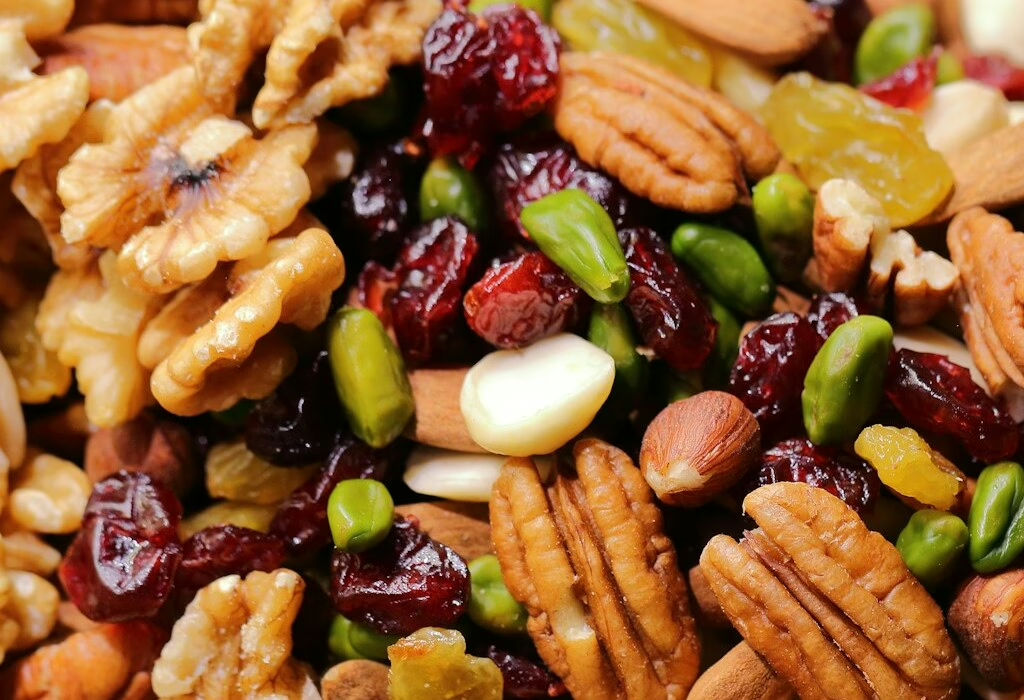
Snacks to Avoid:
- Yogurt or soft cheese
- Anything with mayonnaise or cream
- Unwrapped chocolate on hot days
- Soft fruit like berries or peaches that bruise easily
- Anything with a short shelf life
Storage Strategies That Work
After you select your snacks, how you pack them affects freshness and integrity. We want to keep moisture, air and heat out. Airtight containers are your best friend. Reusable silicone bags, glass jars with airtight lids, or hard plastic containers keep out air and moisture—two common causes of spoilage. If you’re dealing with perishable products, a small insulated lunch sack can be the difference between melted and warm-related ruined items. These bags are both available in a variety of sizes and are made to maintain cooler temperatures with the help of reusable ice packs or frozen water bottles.

Use Airtight Containers
Reusable silicone bags or rigid plastic containers are best. They prevent air from getting in and protect fragile items from being squished. Zip-top bags work too, especially if you double-bag items like crackers or chips.
Keep Dry and Wet Items Separate
Mixing different types of food in the same container can ruin textures. Dry items absorb moisture and get stale. If you’re bringing something moist like sliced cucumber or grapes, pack them in separate containers.
Invest in a Cooler Bag
A small insulated lunch bag or soft cooler can keep items like cheese or hummus safe for hours. Add a few ice packs or frozen juice boxes to keep the temperature down.
Freeze What You Can
Some snacks can be frozen ahead of time and thaw during your trip, helping to keep the rest of your bag cool. Try freezing grapes, string cheese, or even a homemade smoothie in a pouch.
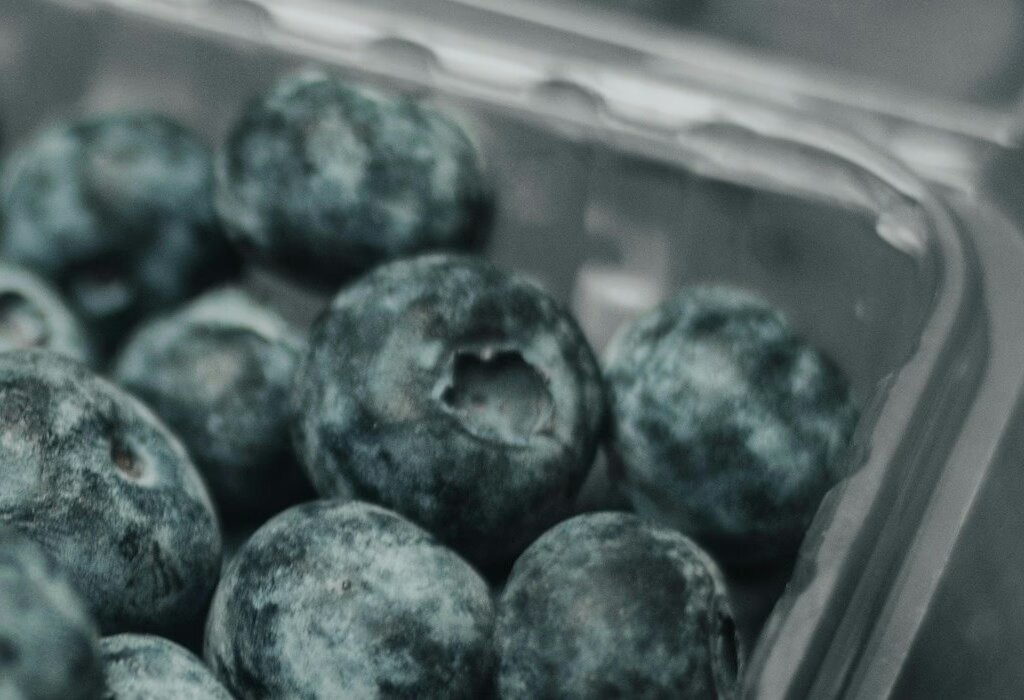
Thoughtful Packing Techniques
Packing your food with the same care you pack your clothes can help avoid damage and spoilage. A bit of organization can help preserve texture and taste. Start by placing heavier, more durable snacks at the bottom of your bag. A container of almonds or a sealed bag of trail mix can serve as a base layer. More delicate items such as sandwiches, bananas, or crackers should ride on top where they are less likely to be crushed.
Using soft materials like dish towels or napkins to wrap certain foods can cushion them while also giving you something useful to eat with or clean up spills. If you’re packing snacks in a backpack or carry-on, a dedicated side pocket or pouch can help separate food from electronics or other items that might compress or damage them. It is also a good idea to separate snacks you will want early in the day from those you will eat later, especially if you’re carrying perishables. That way, you will not have to dig through your entire bag in search of a single item.

Natural Ways to Prolong Freshness
You don’t need to rely on chemical preservatives or fancy equipment to keep food in good shape. Simple kitchen staples can help food stay fresher longer. A touch of lemon juice, for example, can keep sliced apples from browning. A light vinegar rinse can reduce the chance of mold on berries if you’re bringing them along in a cooler. Salt has long been used to draw out excess moisture and can be especially helpful with veggies like cucumbers, keeping them crisp for hours.
Temperature Awareness on the Go
One of the biggest reasons snacks go bad while traveling is temperature exposure. Heat can melt, wilt, or spoil certain items, while extreme cold can ruin textures or flavor. Paying attention to where you store your food during the trip helps prevent these issues. Keep your snack bag away from direct sunlight whenever possible. If you’re in a car, avoid placing it near windows or on the dashboard. During air travel, don’t store snacks in overhead bins if they are temperature-sensitive.
On especially hot days, wrapping your snack bag in a towel or clothing layer can offer a bit of insulation and shield it from radiant heat. Using your environment to your advantage can also help. A cold drink bottle tucked beside perishable items can keep everything around it cooler, even if you don’t have ice. And if you know you will be in a hot place for several hours, it is wise to eat the more delicate or perishable items earlier in the day before heat exposure can take its toll.
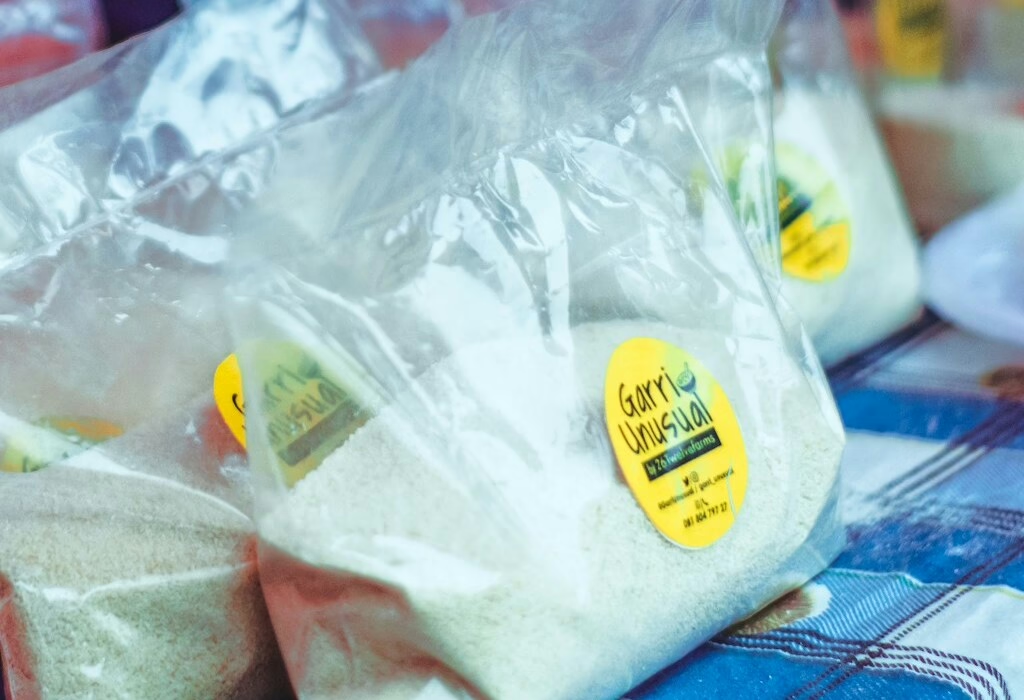
Rethinking Original Packaging
Not all snack packs are created equal or designed for travel. And oftentimes, repackaging snacks in more portable containers is the way to go. Bags of chips or snacks that are bigger than necessary to hold the contents often retain more air, which speeds up staleness once opened. Pouring these items into smaller, airtight containers not only keeps them fresher, but also helps keep your bag organized and easier to carry.
Label things with the date they were made if you’re doing homemade snacks or treats. It’s such an easy step that will keep you aware of just how long they’ve been sitting around in your bag and eliminates a guessing game when it comes to freshness. You’ll also be able to avoid surprises if something has been sitting in there for too long.
But for liquid-heavy snacks like hummus or dips, small leak-proof containers are a necessity. And if you’re flying to a destination, keep in mind that the majority of airports continue to have liquids restrictions (3.4 oz/100 ml per item). Stick to solids, or make sure each is under 3.4 ounces and all are packaged in a clear plastic bag if you’re going through security.
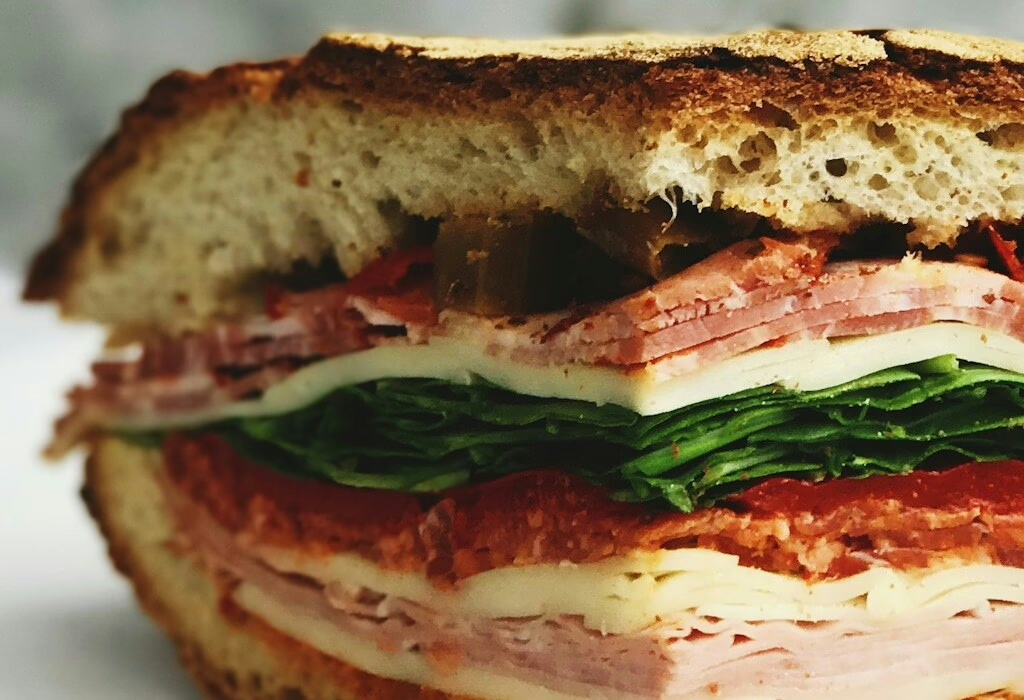
Managing Snack Time During Travel
If you’re traveling many hours, it’s nice to be able to spread out your snacks. This makes you feel full, and keeps your energy levels up. Don’t eat everything early in the day..
Begin with snacks that can go bad. Foods that require refrigeration, such as hard-boiled eggs or cheese sticks will not last all day without being kept cool in a cooler. Those are better eaten in the morning, or right after you leave.
Water is just as critical. Salty or dry snacks can make you feel thirsty. Make sure to carry a bottle of water and drink small portions regularly. This is particularly useful on planes or in high altitudes, when your body gets dehydrated more quickly.
Keeping Things Clean
Cleanliness matters more than many travelers realize. Dirty containers or hands can introduce bacteria that cause food to spoil faster or worse, make you sick mid-trip. Before you even pack, give all containers a thorough cleaning and let them dry completely to avoid mold or mildew. Bring along a few napkins or reusable cloths, as well as hand sanitizer or travel-size wipes. These are especially handy if you’re snacking on public transportation or in places without easy access to water.
Keeping a separate pouch or bag for trash helps too. Food wrappers, banana peels, and napkins can start to smell quickly, especially in a warm environment. By having a small sealable bag for waste, you keep the rest of your things cleaner and avoid accidental messes.
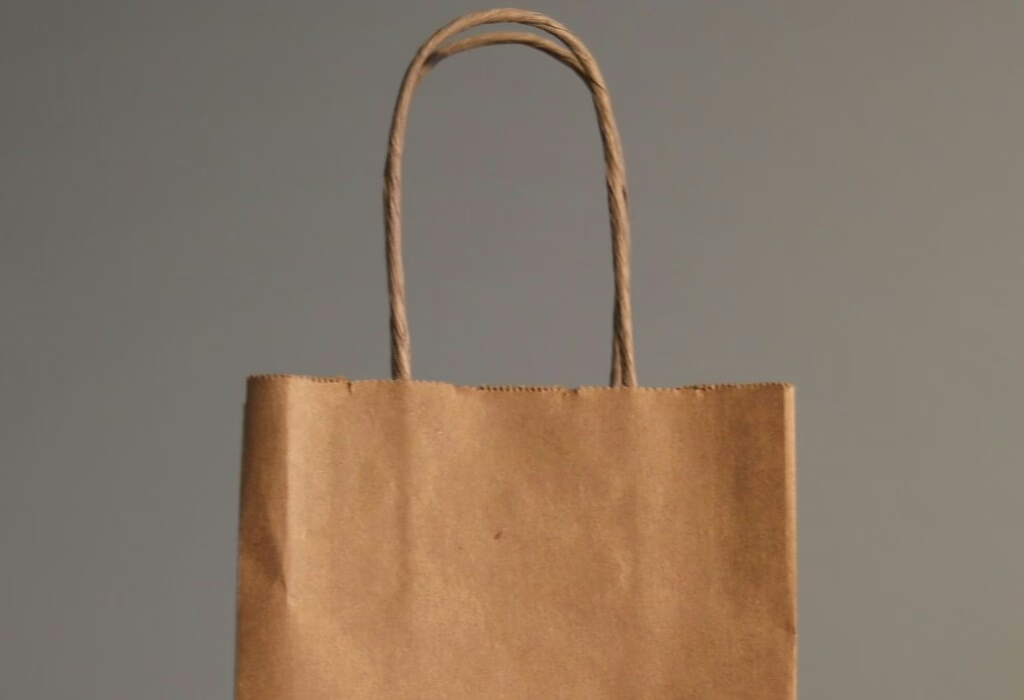
Make It Your Own
Everyone has different food preferences and needs while traveling. Some prefer sweet over savory, while others like variety or stick to just a few reliable items. Tailoring your snack choices to your own routine, tastes, and schedule helps prevent waste and keeps you satisfied.
Road trippers, for example, often have more space, so they can carry a cooler and bring fresh foods like cut veggies or even small sandwiches. Airline travelers, on the other hand, must pack light and work within security restrictions, making dry, compact snacks a better bet. Train travel offers a middle ground, with room for small meals and utensils, especially if tables are available. For outdoor adventures like hiking or biking, every ounce matters. Lightweight, high-calorie options such as trail mix, energy bars, and nut butter packs offer more energy per gram than bulkier options.
The more you travel, the better you will get at figuring out what works for your body, your schedule, and your preferences. What you bring on a business trip might be different from what you would take on a camping trip and that is the point.

Conclusion
Long hours spent in transit are stressful and tiresome enough without arriving, already tired, hungry or stuck eating expensive and/or regrettable airport or gas station food. You have more control and can feel safer on your trip when you bring along your own snacks. You can do it with some advance planning and prep work that keeps food fresh-tasting and your tote neat. Having the right containers, being mindful when packing and selecting snacks that transport well make a difference. It doesn’t need to be a complicated process, but making some smart choices will keep you from ending up with stale crackers, melted chocolate or squashed fruit. Whether you’re driving cross-country, traveling by airplane or facing a delayed flight and a three-hour layover when you reach your destination, good snacks can help keep you calm, improve how you feel overall and actually enjoy the journey much more.
Collaborative Post: The views expressed are those of the external author and do not necessarily reflect those of the editorial team (see our editorial policy).
